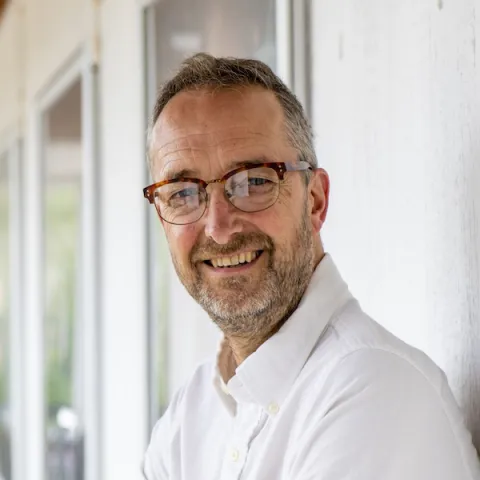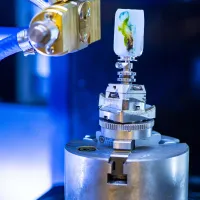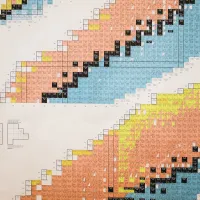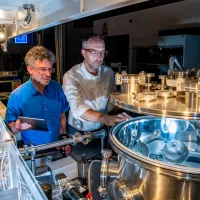Ultrafast X-ray Group
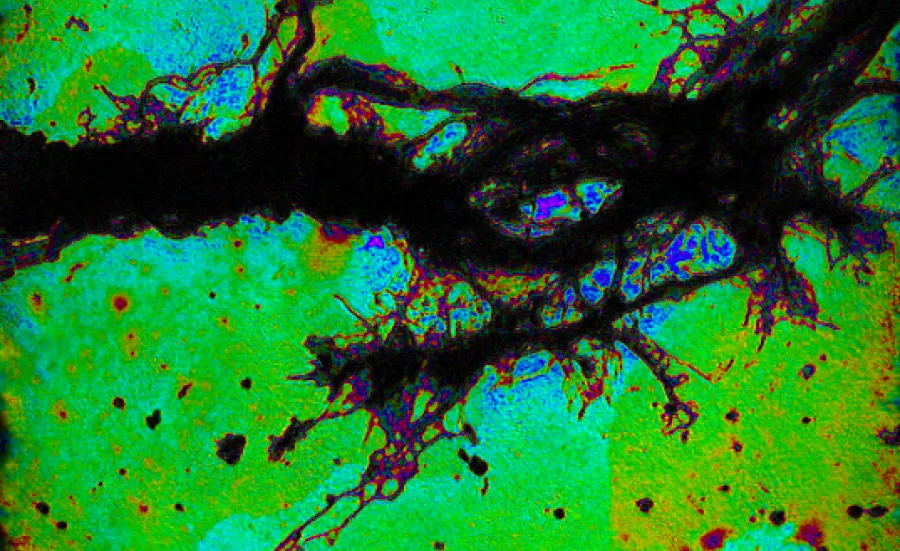
Our group uses high-intensity femtosecond lasers to generate very short (attosecond) pulses of coherent extreme ultraviolet (XUV) and soft X-ray radiation. This radiation can be used for imaging and spectroscopy at very small dimensions (<50nm) and at very fast timescales (<10fs).
